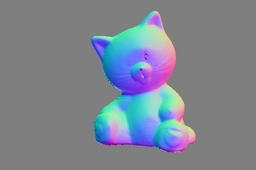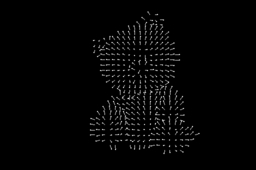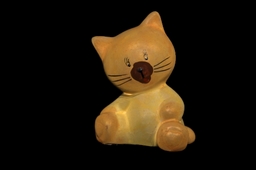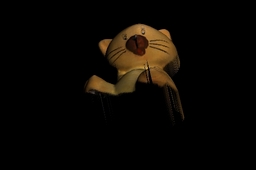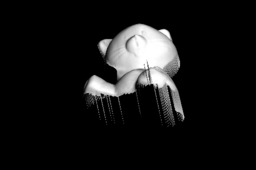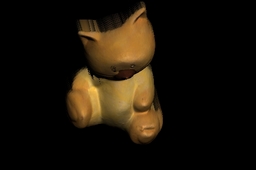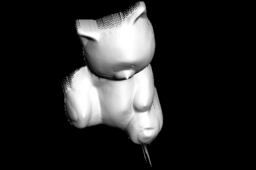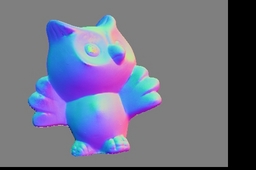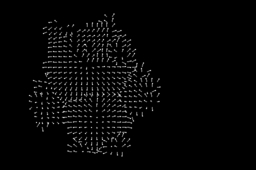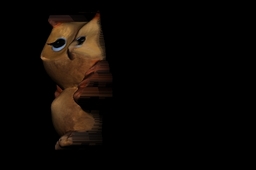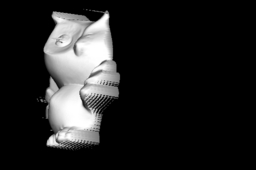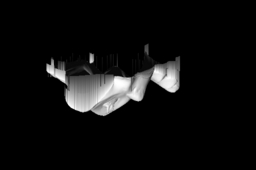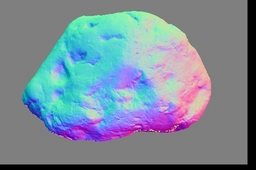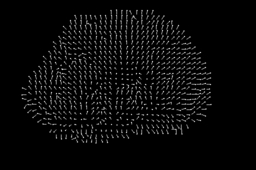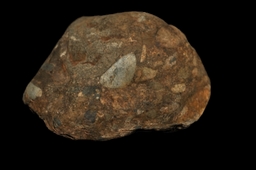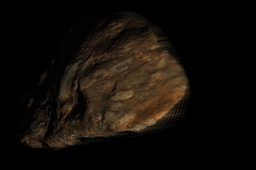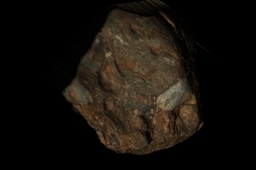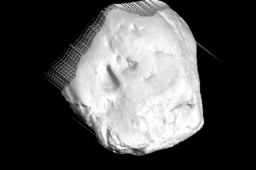Conclusion
Each part of the process worked well as compared to the sample solution, but if the
measure of wellness is of the quality of reconstruction, then I would say that
the program did not work so well with faces perpincular to the viewer and with edges
along the border of the mask.
To improve on the reconstructions it might be handy to clamp values down. For example
it looks as though depths near the edges of the mask are much deeper compared to
neighbors, so it stretches the edge. If you could calculate the difference in depth
between neighbors, it might be easy to control that. Or even just shrink the edge in and
throw out data by the edge of the mask that you think is bad.
To fix the problems with hidden geometry and smearing of albedos it would be useful
to increase your test data by creating different viewing angles and then
combing those in the end.
